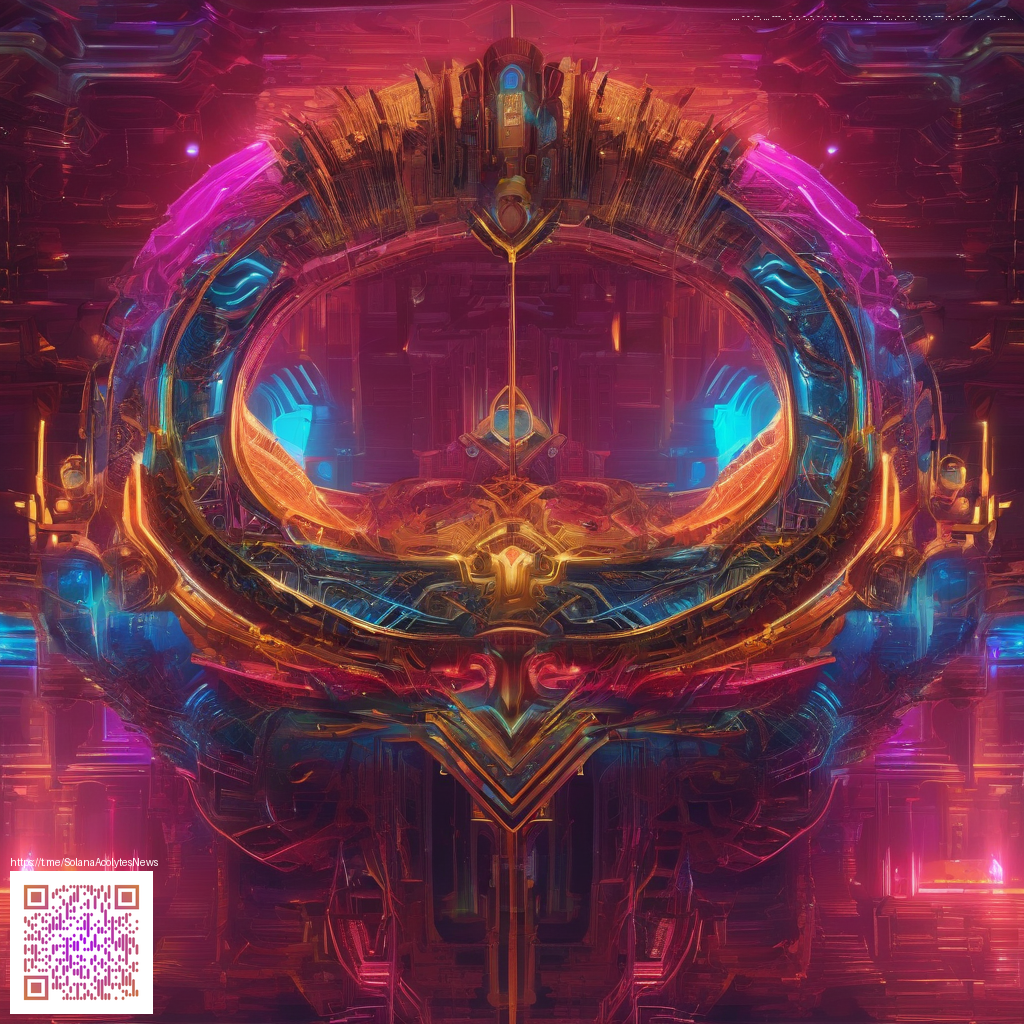
Devil May Cry 5 Concept Art Insights and Visual Design
The visual language of Capcom’s iconic demon hunting saga leans on a careful choreography of silhouette, color, and atmosphere. Concept art from the base game reveals how designers translated fast paced combat into legible, leg swinging moments on screen. From the neon soaked streets to the grimly elegant demon lairs, the art team stitched together a world that feels both hyper kinetic and precisely drawn. The result is a series of images that not only tease the fancy moves you unlock later but also establish the rhythm of encounters long before you press start.
Visual Language and Character Silhouettes
Character silhouettes carry a lot of weight in a game built around rapid exchanges and over the top flair. The designers leveraged strong, readable shapes to ensure you can track allies and adversaries even during multi target chaos. Dante’s swagger, Nero’s mechanical bravado, and V’s gothic reserve all read at a glance, guiding players to instinctive combat choices. Color scripts push the action forward as well, with hot reds signaling danger and vivid blues highlighting quick telegraphs in parry windows. The art notes tucked into early sheets emphasize clean lines and bold contrast so that even during axe swing or rapid gunfire, the battlefield remains visually comprehensible.
Environment and World Building
The environments blend urban grit with otherworldly architecture, a deliberate call back to the series roots while signaling the escalating celestial threat. Concept art often juxtaposes crumbling cityscapes with ornate demonic structures to heighten the sense of scale. Lighting studies show dramatic noir chiaroscuro used to reveal architecture’s geometry during frenetic encounters. This careful staging not only serves mood but also gameplay, guiding players toward chokepoints or open arenas where combos can flourish. The emphasis on readable space is a through line in both the art and its in game realization.
Artistic Process and Developer Commentary
Behind the bright frames lies a methodical pipeline that blends traditional drawing with modern 3D exploration. The character designs credited to the team draw on seasoned concept artists who map each hero’s arc through gesture, costume details, and props. Tatsuya Yoshikawa’s contributions stand out as a defining touch for the series face when it comes to expressive poses and distinctive outfits. The transformation from sketch to in game asset demonstrates how color scripts, lighting direction, and material choices converge to create a world that feels tangible even when it’s pulsing with supernatural energy.
Community discussions consistently point out how the art direction sharpens readability during chaotic combat. Crisp silhouettes and deliberate lighting cues help players distinguish threats and allies at a glance, making high speed exchanges feel both exciting and fair.
Update Coverage and Visual Tweaks Across Editions
Updates and new editions have kept the visual story fresh. The Special Edition released later added new playable characters and performance modes that heighten frame rate and image clarity. These updates did not just tune performance they also refined lighting and environment details, ensuring that the art direction remains legible across platforms and screen sizes. The ongoing attention to visual fidelity helps maintain the series’ signature sense of style even as hardware evolves.
Modding Culture and Community Creations
The broader modding ecosystem around this franchise thrives on creative reinterpretation of its visuals. Community modders experiment with texture packs, costume variations, and shader tweaks that can alter how lighting lands on a familiar scene. The result is a living gallery where players remix the world’s mood while keeping the core action intact. This spirit of iteration mirrors the concept art process itself, showing how fans interpret and expand the creative vocabulary that begins with a single concept sketch.
Accessibility matters in display and control as well, which is where gadget add ons come into play. If you’re looking to optimize your mobile gaming sessions on the go, consider a reliable grip that keeps your device steady during long boss fests or early game grind. For a practical option that complements late night battle marathons, check out the product linked below.
Phone Grip Click On Adjustable Mobile Holder Kickstand